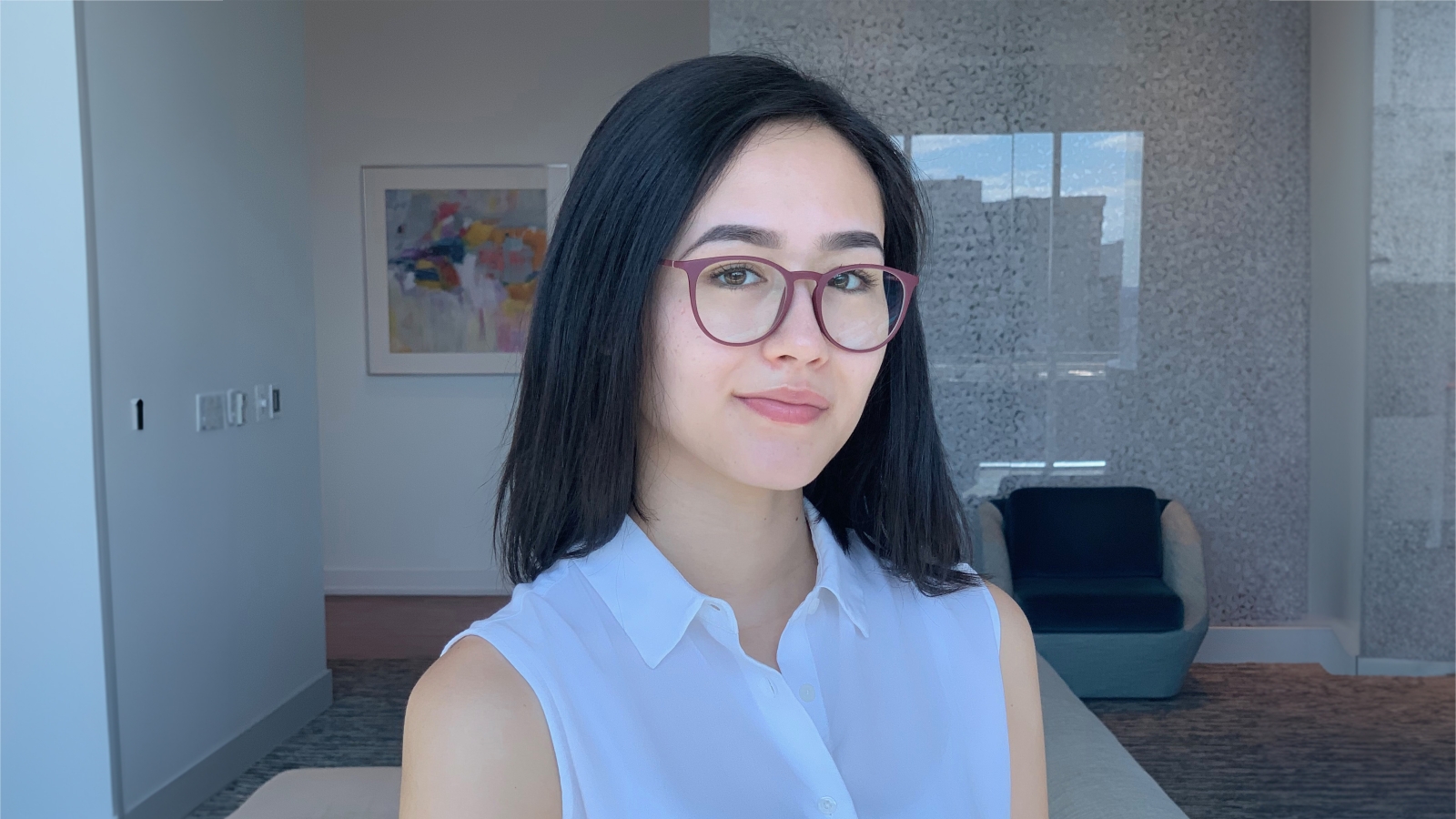Writing History
To understand how ideas about racial difference took root in American history, Makiki Reuvers, a Ph.D. candidate in history, examines 17th-century encounters between British colonists and Native Americans.

“History is not just a set of facts and figures,” says Makiki Reuvers, but also the narratives that we tell.
As a Ph.D. candidate in history and, this semester, a teaching assistant for Afro-American History, 1876–Present, Reuvers is interrogating how these narratives get written and by whom. “I always like to talk to my students about how history is written by individuals, by people with their own agendas and perspectives,” she says.
In their first recitation meeting for the course, Reuvers and her students discussed what they’d learned about African American history in high school or other classes. What she noticed in their responses was a pattern about how certain narratives become marginalized, while others predominate. “Some historians refer to this as ‘jack-in-the box history syndrome,’” Reuvers explains, “where instead of thinking about how certain histories can be woven into this broader national narrative, they get talked about as though they just kind of pop up, go away, and then pop up again.”
A scholar of colonial and early American history, Reuvers observes the same patterns in narratives about Native American history. “In early America,” she says, “a lot of the focus is on the formation of an American nation—these questions of revolution and independence—things that really mesh well with what people want to push as the character of America.”
For the students in Afro-American History, 1876–Present, which is taught by Mia Bay, Roy F. and Jeannette P. Nichols Chair in American History, the course seems to hold the promise of revealing these strands of American history that are missing or excluded from the prevailing narratives. “A lot of students in the class seem to want to know the ‘real’ American history,” says Reuvers. “In reality, it’s one strand of American history, but I think this desire speaks to a general failing of how American history is taught in a high school U.S. history class. Students are feeling like they’re not getting the full story, or they’re just being taught to pass a standardized exam—and not to really do history.”
Reuvers, who won a Dean’s Award for Distinguished Teaching by Graduate Students in 2020, explains that, to teach her students to do history—that is, to understand it as an ongoing conversation characterized by interpretations and arguments, rather than foregone conclusions—she asks them to think about the uncertainties in any historical arc. In Bay’s class, which began with the Reconstruction era, students were encouraged to think about what this period after the Civil War meant for the future of Black Americans. “It’s a good way to characterize history for undergraduate students as something that is uncertain to the people who are living through it,” says Reuvers.
Reuvers herself is interested in how ideas of difference, which themselves originated in conditions of uncertainty, have become entrenched in American history. Her research centers on borderlands, a concept that historians use to describe in-between spaces where different peoples or nations come into contact—and sometimes into conflict—with each other. For her dissertation, which looks at encounters between English and Native peoples in 17th-century Massachusetts, Reuvers explores not only geographical but also conceptual borderlands, where ideas about the body, for instance, are constantly fluctuating.
“People in a modern sense kind of have this belief that racial difference is something that everybody recognizes and understands based on historically defined boundaries,” says Reuvers. But much of the historical evidence suggests the contrary. “Colonial America was a time when people were first encountering people they’d never met before and trying to make sense of a new world that doesn’t fit into the framework of the familiar. There’s a changeability here that I don’t think we necessarily think of.”
For example, Reuvers notes that in early colonial encounters in New Spain—which included parts of modern-day Mexico and the Southwestern U.S.—Spanish colonists first thought of identity in terms of the body and dietary habits, believing that, if they ate the same foods as Native peoples, they would take on their bodily characteristics. “They were concerned about the fact that a human body or the identity of a person could fluctuate throughout a lifetime because of these external factors,” Reuvers says.
But by the end of the 17th century, colonial standards of difference had started to solidify, becoming the narratives about racial difference that many people today recognize, explains Reuvers. To figure out “how we got from a place of flexibility to this point where things seem a lot more set,” Reuvers explores the in-between—the conceptual borderlands. “This is how things start and this is how things end in this historical arc,” she says. “I’m really interested in understanding what goes on in the middle.”
What happens in the middle—in the in-between spaces—are uncertainties that Reuvers believes hold the keys to challenging prevailing, sometimes harmful, narratives about American history.
“In asking questions about the past and looking at things that maybe don’t make it into that main narrative, there’s always this question that I want to make sure that my students are asking and that I’m asking myself,” says Reuvers. “How does this change the direction of that American narrative that we’re usually taught?”



